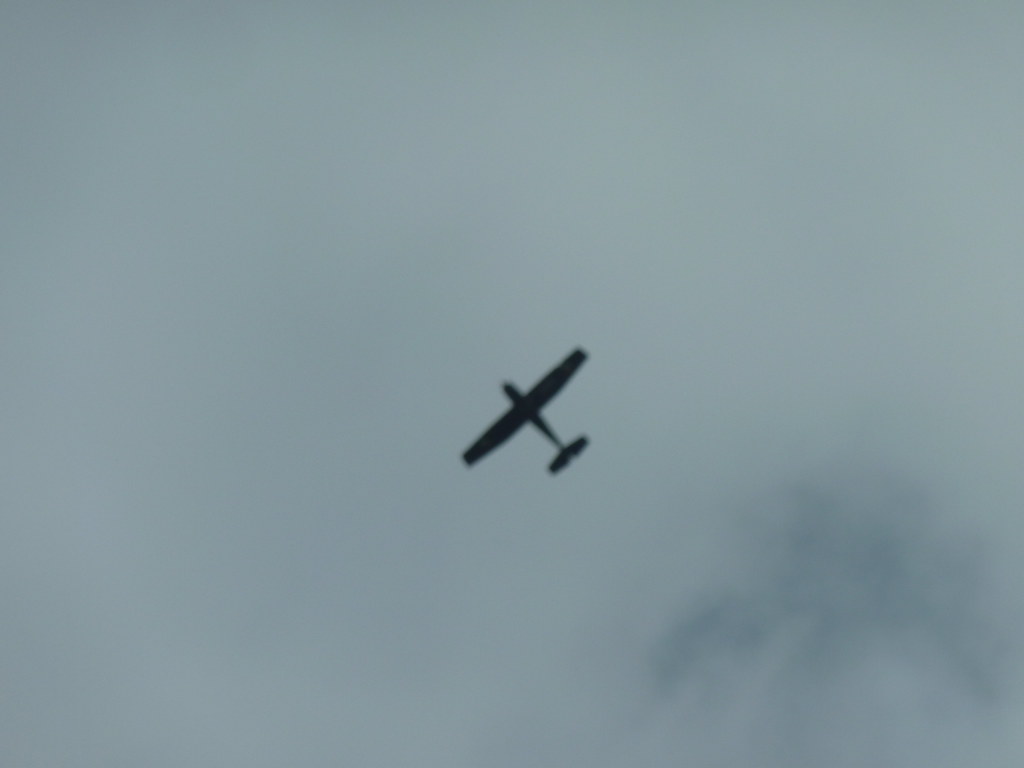The history of airplanes dates back over a century, with the first successful powered flight taking place in 1903 by the Wright Brothers in Kitty Hawk, North Carolina. However, the concept of flight had been around for centuries prior, with many inventors and scientists attempting to build flying machines.
The earliest flying machines were often based on designs that imitated birds or kites, and many were powered by human or animal force. But with the advent of the Industrial Revolution and advances in technology, inventors were able to develop more sophisticated aircraft that were capable of sustained and controlled flight.
During the early 20th century, airplanes became increasingly common as inventors and entrepreneurs around the world worked to perfect the technology. Major breakthroughs during this time included the development of the first jet engine in the 1930s, which paved the way for faster and more efficient planes.
During World War II, airplanes played a critical role in military operations, with both the Allies and the Axis powers utilizing planes for bombing, reconnaissance, and troop transport. After the war, commercial air travel began to take off, with airlines around the world launching regular passenger flights.
Throughout the latter half of the 20th century and into the 21st century, airplanes have continued to evolve and advance. New technologies, such as computerized flight controls and composite materials, have made planes safer and more efficient. Today, airplanes are a vital part of global transportation and commerce, with millions of people traveling by air each day for business and pleasure.
Photo by : Sean MacEntee
